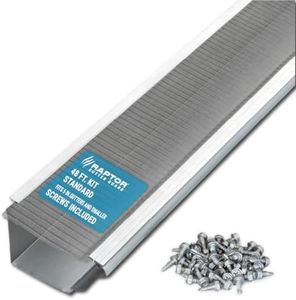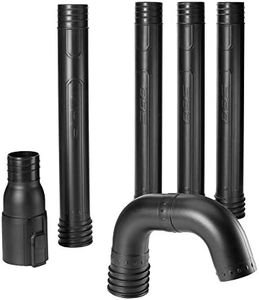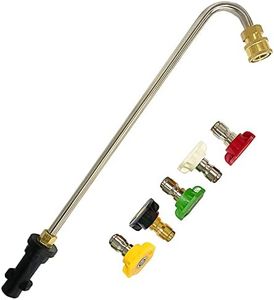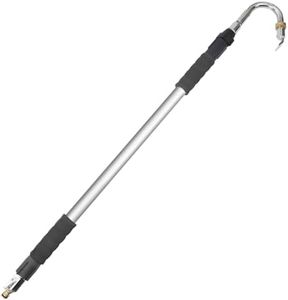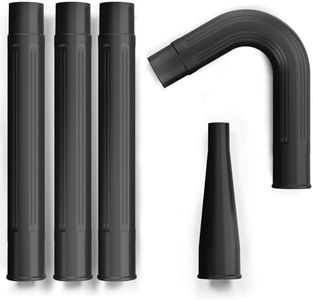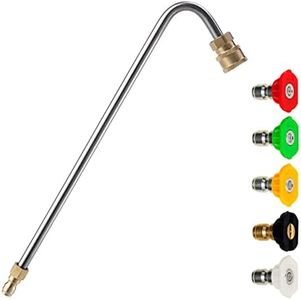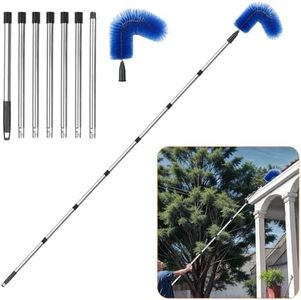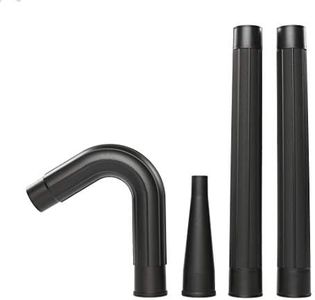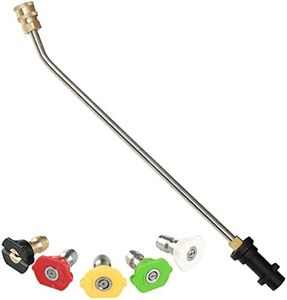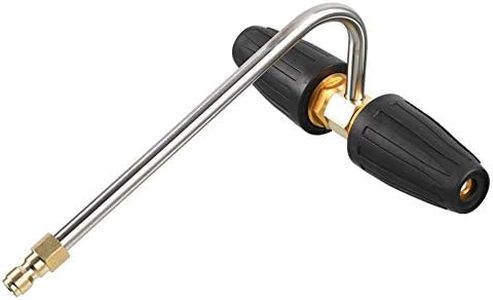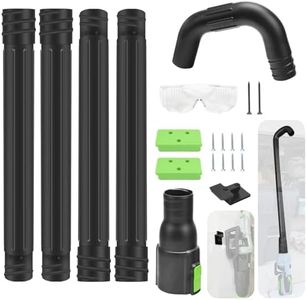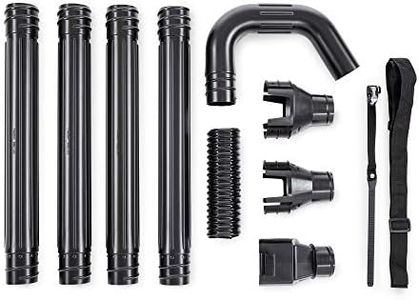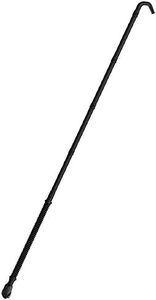We Use CookiesWe use cookies to enhance the security, performance,
functionality and for analytical and promotional activities. By continuing to browse this site you
are agreeing to our privacy policy
10 Best Gutter Cleaners
From leading brands and best sellers available on the web.Buying Guide for the Best Gutter Cleaners
Choosing the right gutter cleaner is all about making the task of cleaning your gutters safer, easier, and more efficient for your particular home and needs. There are a variety of gutter cleaner types—such as manual tools, hose attachments, and powered devices—each suited for different circumstances like the height of your gutters, the amount of debris, or whether you prefer to avoid using a ladder. Before making a decision, it’s great to think about how often you need to clean your gutters, the specific challenges your home presents, and your own comfort with heights and manual work.Type of Gutter CleanerThe type of gutter cleaner you choose determines how you'll actually remove debris from the gutters. There are basic manual tools like scoops and tongs, hose or blower attachments, and even robotic cleaners. Manual tools give you direct control but usually require a ladder, making them suitable for low homes or those comfortable with climbing. Hose or blower attachments let you stay on the ground and blast debris out, best for lighter clogs or regular maintenance. Robotic cleaners are more hands-off but can be costlier and, at times, less precise. The right type depends on how hands-on you want to be and your physical abilities.
Reach or Extension LengthReach or extension length refers to how far the tool can extend to clean your gutter—important if you want to clean from the ground rather than getting on a ladder. Shorter reaches work for single-story homes, while extended poles are vital for two-story houses or higher gutters. Consider the height of your gutters; make sure the tool extends a little beyond your gutter height so you can work comfortably. Choose the appropriate length to avoid stretching dangerously or struggling with a tool that's too unwieldy.
Ease of Use and ErgonomicsThis spec describes how comfortable the tool is to hold and operate, especially if you're going to use it for an extended period. Lighter tools are easier to maneuver and reduce fatigue, but need to be sturdy enough for the job. Handles with comfortable grips help prevent slips and strain, particularly if you need to do a lot of reaching. When comparing options, think about your hand strength, the length of your cleanup sessions, and whether you'll be working from the ground or a ladder.
Debris Handling CapabilityDebris handling capability is about how effectively the gutter cleaner can remove various materials, like wet leaves, twigs, or heavy sludge. Some tools are only suitable for light, dry material, while others are designed to scoop tougher, moist clogs. Think about the type of trees in your area (which may drop larger leaves or nuts), as well as the frequency of cleaning needed. If you deal with heavy buildup, choose a tool built for tougher jobs.
Maintenance and CleaningThis spec refers to how easy it is to clean and care for the gutter cleaner after use. Simple designs with fewer moving parts are generally quicker to maintain and less likely to clog. Removable heads and washable components help keep the tool in good shape for longer. If you prefer low effort post-job cleanup, look for tools marketed as easy-clean or designed with maintenance in mind.
Compatibility with AccessoriesSome gutter cleaners can be paired with accessories like vacuums, blowers, or specific nozzle attachments, while others are standalone tools. Compatibility lets you enhance the cleaner’s abilities or tailor it to unique situations. If you already own a leaf blower or pressure washer, check for compatibility; otherwise, ensure all necessary attachments are included or available.
